How to treat women with hunched back & Osteoporosis?
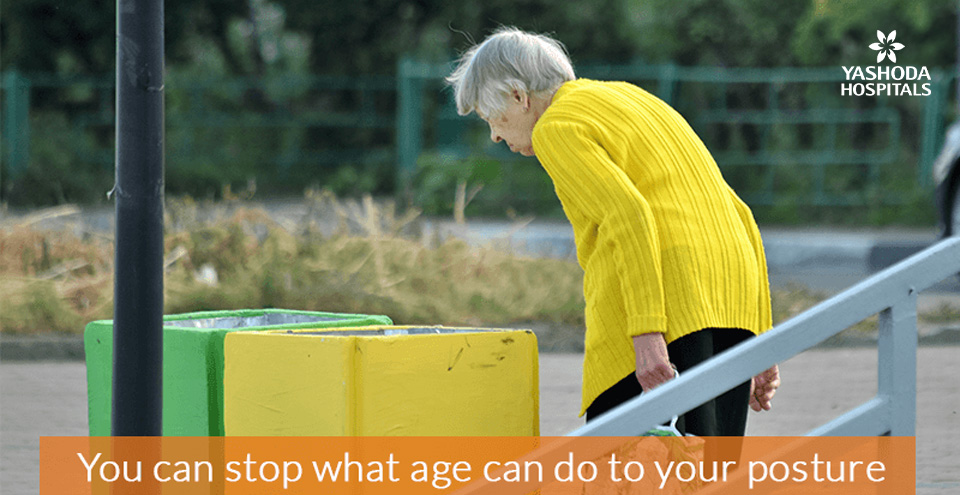
Yes, osteoporosis is one of the common reasons of hunchback. People with osteoporosis most experience damage of bones in the upper (thoracic) spine. These bones break causing back pain, loss in height and a stooped or hunched posture, called kyphosis.
At a Glance:
What does one mean by “Osteoporosis” and “Kyphosis or hunchback”?
Why do people with osteoporosis get kyphosis?
Are certain women more prone to osteoporosis?
What are the other causes of hunchback? Is hunchback / kyphosis hereditary?
What are the symptoms of osteoporosis and kyphosis?
How is osteoporosis & kyphosis diagnosed?
What is the treatment of osteoporosis and hunchback? Is there a cure?
What are the complications of osteoporosis and hunchback when not treated early?
Is kyphosis a normal part of aging? Can hunchback be prevented in old age?
What is the daily calcium requirement to prevent osteoporosis or hunchback?
What are the sources of food rich in calcium?
What is the role of vitamin D in the prevention of osteoporosis?
What is the effect of pregnancy or breastfeeding on bone density?
Many of us have sometimes witnessed or heard of an elderly woman in the family or someone we know to have fractured a bone like the hip bone after a fall in the washroom or kitchen. If you look around in your family or friend’s circle, you may also realize that some elderly women start bending forwards, with a hunchback or become shorter as they grow old. Have you ever wondered that most of such stories are about elderly aunts or grandmas who are often diagnosed with a condition called “Osteoporosis” which is sometimes accompanied with a condition known as “Kyphosis?”
So what does one mean by “Osteoporosis” and “Kyphosis or hunchback”?
“Osteo” means bone and “porosis” means “porous”, thus osteoporosis is a disease of the bones in which the bones become prone to easy breakage due to brittleness and weakening. Kyphosis is a progressive deformity of the back bone or the spine that leads to a forward curvature of the upper back. Osteoporosis is one of the most common causes of Kyphosis also known as “hunchback or Dowager’s hump”.
The most common reasons for bone loss in women are:
- Post menopause: The process of bone loss speeds up after menopause, due to a decrease in the bone protecting hormone “estrogen”, eventually leading to weak and brittle bones. This explains why women are more prone to osteoporosis. Body’s capacity to generate new bone structure slows down with advancing age. As a result new bone is not formed in pace with the needs of the body. Further, the calcium from the bones is lost to blood causing bone weakness.
- Dietary deficiency of calcium: The calcium needs of the body should be fulfilled from dietary sources or supplements. When the dietary calcium is inadequate, the body starts using the calcium from the bones, leading to bone loss and consequently weakening of the bones. Calcium is an essential requirement for healthy teeth and bones. In addition to this, calcium also has an important role to play in muscle contraction and maintaining the heart’s rhythm.
What is military neck?
Normally, the curvature of the neck is forwards and appears like the alphabet “C” from the side. This appearance is called as normal lordosis, and it is important for the movement of the head and supports the weight of the head. Loss of this curvature due to conditions like injuries and poor posture is called military neck or straight neck or cervical kyphosis, as it gives the appearance of a soldier standing straight with chin up, at attention. In case of a significant curvature loss, symptoms like the stiffness of the neck, headache, pain in neck and shoulder may be seen.
Why do people with osteoporosis get kyphosis?
Fracture of the neck bones i.e. the vertebra due to osteoporosis is the most common cause of kyphosis or hunchback. Even though it is more common in females, it can also be sometimes seen in men.
The vertebral bones of the spine weaken due to osteoporosis, making them susceptible to fracture. Wedge-shaped fractures are characteristic leading to collapse of the front of the vertebra. As a result, the vertebra loses its height from the front, whereas its height at the back remains mostly unchanged. The uneven loss of bone leads to forward tipping of the spine. This leads to an excessive kyphotic curvature and a posture that stoops forward.
Are certain women more prone to osteoporosis?
Even though older women generally seem to have osteoporosis, younger women can get it too. Kyphosis is also more common in elderly women as it happens gradually over a long period of time. But the curvature of the upper back may start even at an early age of 40! Hence, girls and women of all ages should be encouraged to take precautions to protect their bones.
The chance of getting osteoporosis is higher in women:
- After menopause due to depletion of estrogen. Sometimes there may be a bone loss as high as 25% of bone in the first 10 years after menopause in certain women.
- With small, thin body structure.
- With a family history of osteoporosis
- With dietary deficiency of calcium and vitamin D
- Having sedentary lifestyle
- With poor eating habits or eating disorders like anorexia nervosa or bulimia nervosa
- With habits like smoking, alcohol consumption etc.
- Underlying medical conditions that increase the risk of getting osteoporosis for example diabetes, celiac disease, depression etc.
- Using medications such as steroids for treatment of conditions like arthritis, asthma etc.
What are the other causes of hunchback? Is hunchback/kyphosis hereditary?
As mentioned earlier, vertebral fractures or fracture of the joints in the spine due to osteoporosis can lead to the collapse of these joints, causing them to bend forward. Some other causes of hunchback are:
- Arthritis
- Birth defects
- Infection in the spine
- Muscular dystrophy
- Neurofibromatosis
- Paget’s disease
- Polio
- Poor posture
- Spinal cord injury
- Spondylolisthesis
- Tuberculosis
- Tumours
While there is no clear evidence that kyphosis is hereditary, a specific type known as Scheuermann’s kyphosis may have a high genetic predisposition as it runs in families.
What are the symptoms of osteoporosis and kyphosis?
Osteoporosis often termed as a “silent” disease may not present any clues of bone loss for many years till a fracture occurs that may cause severe pain and disability. Osteoporotic fractures are generally seen in the hip, the spinal joints i.e vertebrae and wrist. Osteoporosis of vertebrae can be risky because it may lead to restriction of day-to-day activities like climbing stairs, bending forward etc. Depending on the location of the fracture, any or all of these symptoms may be seen:
- Back pain
- Curvature of the back
- Hunched posture
- Loss of height – Vertebral crush and shortening
- Sloping shoulders
- Breathing difficulty
- Stooping posture
- Spontaneous bone fracture
How are osteoporosis and kyphosis diagnosed?
Osteoporosis and kyphosis can be diagnosed on the basis of your medical history, examination and investigations. Bone density test is done to assess the strength of the bones. The central dual-energy x-ray absorptiometry (DEXA Scan) is a special type of x-ray for testing bone density using a small amount of radiation. Investigations like X-Ray, urine and blood tests are also done for supporting the diagnosis.
A bone density test for osteoporosis is usually advised for:
- 65 years or older women
- Younger women or individuals with risk factors for osteoporosis.
What is the treatment for osteoporosis and hunchback? Is there a cure?
Kyphosis in majority of the cases can be successfully treated. The primary treatment goals are correction of the abnormal curvature of the spine and prevention of the risks arising due to complications at a later stage in life.
While prevention with physical exercises is an important consideration in the management of osteoporosis, doctors may also prescribe medicines or injections in the joints to manage pain, prevent further bone loss or to promote building of new bone mass. Your physician may also advice supplements of calcium, vitamin D, and physical activity. In addition to the treatment of osteoporosis or other underlying cause, some interventions are often advised for management of the hunchback.
Mild hunchback generally may not cause any problems, severe hunchback may have an impinging effect on the organs like lungs or it may compress neighbouring nerves, tissues leading to other medical problems. Treatment often depends on type of kyphosis, age, extent of effects of the hunchback and the overall health of the person.
Some of these interventions include:
- Braces for posture correction
- Surgery in certain cases like
- surgical repair of spinal fractures
- surgical realignment of spine at a young age (congenital kyphosis)
Physical therapy and chiropractic treatment that may include activities like physiologic therapeutics, back strengthening exercises, nutrition, and posture correction exercises
What are the complications of osteoporosis and hunchback when not treated early?
Delay in treating osteoporosis can cause serious bone fractures especially in the spine and hip. One in three women is likely to have a fracture caused by osteoporosis in her lifetime.
- Hip fractures can lead to disability, severe pain and may also require surgery.
- Spinal fractures can cause worsening or progression of hunchback, which may again lead to serious pain and require surgery.
- Hunchback may cause breathing problems, limited physical functions, digestive problems, body image problems.
Persons with osteoporosis can have fractures even after minor falls, or bumps into household items like furniture. Sometimes there maybe “spontaneous fractures”, i.e fractures without any trauma. Falls are the one of the leading cause of injuries in the elderly over 65 years of age.
Is kyphosis a normal part of aging? Can hunched back be prevented in old age?
Kyphosis due to osteoporosis is a progressive change that occurs as a person ages. Activities that are focused towards bone strengthening are the best prevention techniques. Building strong bones during childhood and teenage is important for prevention of osteoporosis. Preventive steps can be taken to delay the natural bone loss as a person ages and to prevent bones from becoming weak and brittle. Some of these measures are:
- Adequate calcium and vitamin D: Ensure that you get enough calcium and vitamin D each day, either from dietary sources or supplements as recommended by your doctor.
- Exercises that help in the prevention of kyphosis:
- Do weight-bearing physical activities like walking, yoga, jogging or running that help to build and strengthen your bones.
- Examples of some exercises that help in strengthening the abdominal muscles and increasing spinal flexibility include:
- Lay Down Y: An exercise to strengthen the extension muscles in the upper back
- T-Spine Rotation: An exercise to increase mobility in the thoracic spine region, the area affected by Kyphosis
- Crucifix: An exercise to increase the tone and length of lower and upper back muscles
- Wall Sliding or wall angels: An exercise to help good shoulder mobility
- Avoid smoking or alcohol consumption as both of these raise the risk for broken bones.
What is the daily calcium requirement to prevent osteoporosis or hunchback?
Indian Council of Medical Research (ICMR) recommends the following:
- Children aged from 1 to 9 years of age- 600 mg per day
- 10- 17 years- 800 mg per day
- A normal adult male and female – 600 mg per day
- Pregnant and lactating mothers -1200 mg per day
What are the sources of food rich in calcium?
Even though many people believe that milk or dairy products are the only sources of calcium, other non-dairy yet great dietary sources of calcium include:
- Dark leafy greens such as spinach, and mustard (sarso), Fenugreek (methi) etc
- Fish like salmon and sardines
- Nuts and seeds such as almonds and sesame seeds
- Eggs
What is the role of vitamin D in the prevention of osteoporosis & kyphosis?
Merely eating foods with calcium is not enough, it also needs to be absorbed well. Vitamin D helps in the absorption of calcium from the food that one eats by functioning synergistically with magnesium and vitamin K2 to aid the absorption of calcium. Thus a deficiency of vitamin D, may also lead to a deficiency of calcium deficiency, or abnormal shuttling of calcium into other parts of the body besides the bones. As a result, there may be a deposition of calcium in soft tissue leading to problems due to calcification. Prolonged deficiency of Vitamin D can lead to osteoporosis too.
When exposed to sunlight, the skin makes vitamin D. Exposure to sunlight for 15-30 minutes to the exposed parts of the body like face, arms, hands, arms at least two to three times a week is usually recommended depending on factors like the geographical location, season, colour and sensitivity of the skin.
Vitamin D can also be obtained from foods like eggs, milk or from vitamin supplements as recommended by your doctors. Further, since sunlight is often inadequate during winter months, supplementation may be required to maintain the nutritional adequacy of the vitamin in consultation with the child specialist.
What is the effect of pregnancy or breastfeeding on bone density?
A baby inside the mother’s womb requires calcium for the bones to grow. This calcium requirement is fulfilled by the mother’s diet or supplements taken. The inadequacy of calcium in diet or its replacement leads to supplementation from the mother’s bones. Similarly, during lactation, the baby’s requirement for calcium is fulfilled by the mother’s milk. As a result, there can be a temporary loss of some bone density during pregnancy. This loss usually gets restored after childbirth or cessation of breastfeeding if adequate calcium is consumed.
Were we able to address your queries about osteoporosis and hunchback due to osteoporosis? For more information please request a callback and our health experts will get in touch with you.
Read more about Hunch Back symptoms, causes and treatment
If you find any of the above mentioned Symptoms of Hunch Back then
Book an Appointment with the best orthopedician in hyderabad
References:
- Mayo Clinic. Osteoporosis. Available at: https://www.mayoclinic.org/diseases-conditions/osteoporosis/symptoms-causes/syc-20351968. Accessed on September ’ 15, 2018.
- US National Library of Medicine. Osteoporosis. Available at: https://medlineplus.gov/osteoporosis.html. Accessed on September ’ 15, 2018
- National Institution of Nutrition . Dietary Guidelines. Available at: http://ninindia.org/DietaryGuidelinesforNINwebsite.pdf Accessed on September ’ 15, 2018
- World Health Organization. Nutrition for Older Persons. http://www.who.int/nutrition/topics/ageing/en/. Accessed on September ’ 15, 2018
- US Department of Health and Human Services. Osteoporosis. Available at: https://www.womenshealth.gov/a-z-topics/osteoporosis. Accessed on September ’ 15, 2018
- US National Library of Medicine. The Recent Prevalence of Osteoporosis and Low Bone Mass in the United States Based on Bone Mineral Density at the Femoral Neck or Lumbar Spine. Available at: https://www.ncbi.nlm.nih.gov/pmc/articles/PMC4757905/. Accessed on September ’ 15, 2018
- US National Library of Medicine. Gender Differences in Osteoporosis and Fractures. Available at: https://www.ncbi.nlm.nih.gov/pmc/articles/PMC3111766/. Accessed on September ’ 15, 2018
- US National Library of Medicine. Cigarette smoking and musculoskeletal disorders. Available at: https://www.ncbi.nlm.nih.gov/pmc/articles/PMC3711704/. Accessed on September ’ 15, 201
- Centres for Disease control and Prevention.Falls and Fall Injuries Among Adults Aged ≥ 65 Years – United States, 2014. Available at: https://www.cdc.gov/mmwr/volumes/65/wr/mm6537a2.htm?s_cid=mm6537a2_w. Accessed on September ’ 15, 2018
- US National Library of Medicine. The Influence of Pregnancy and Lactation on Maternal Bone Health: A Systematic Review.Available at: https://www.ncbi.nlm.nih.gov/pmc/articles/PMC4266784/. Accessed on September ’ 15, 2018
- Spine Health. Kyphosis Causes and Treatment. Available at. https://www.spine-health.com/conditions/spinal-deformities/kyphosis-causes-and-treatment. Accessed on September ’ 15, 2018
- Egg Blog. What is kyphosis, and is there a cure for it? Available at. http://www.eggblog.net/what-is-kyphosis-and-is-there-a-cure/.Accessed on September ’ 15, 2018
- ChiroMed Rehab Centre. Can Kyphosis (Hunchback) Be Treated? Available at.https://www.chiro-med.ca/article/can-kyphosis-hunchback-be-treated/.Accessed on September ’ 15, 2018

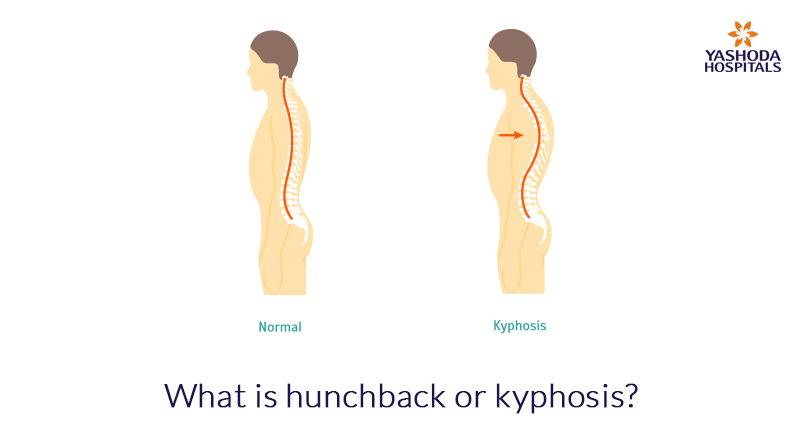
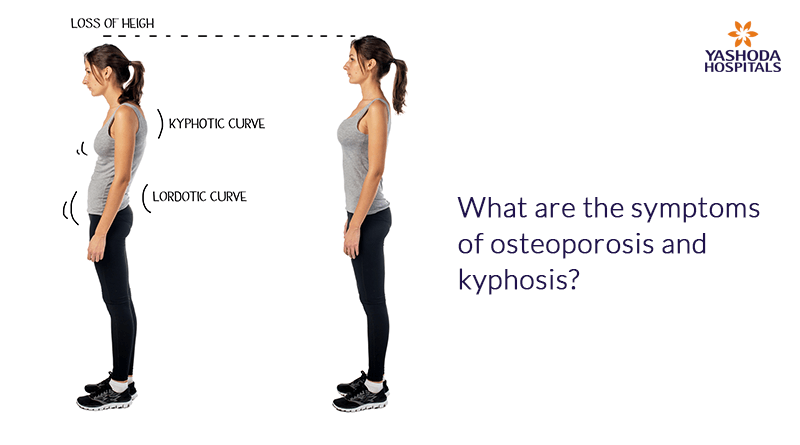
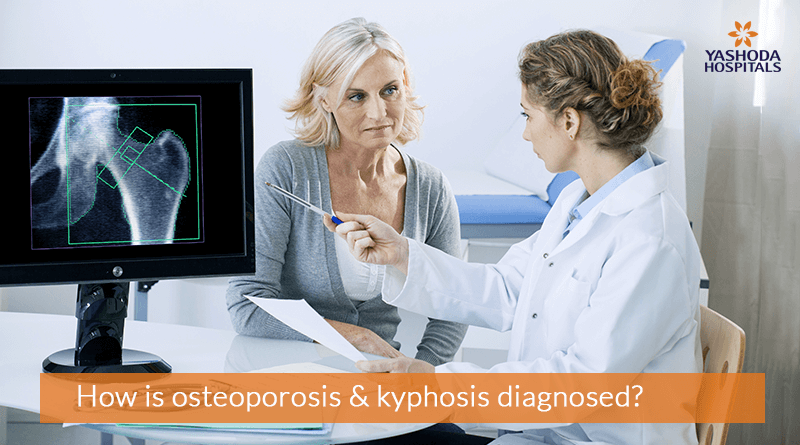
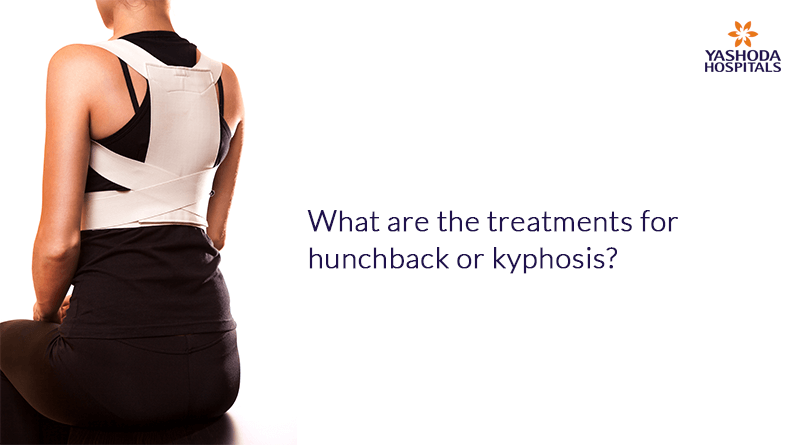
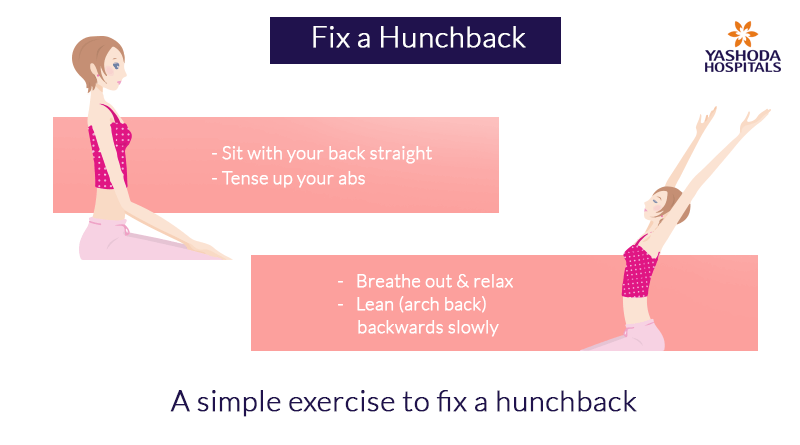
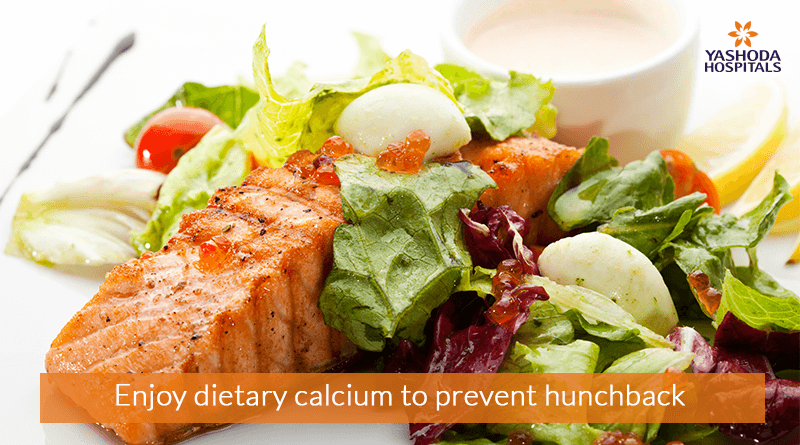
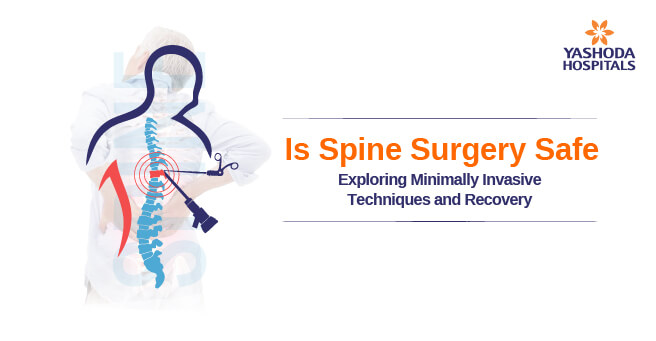
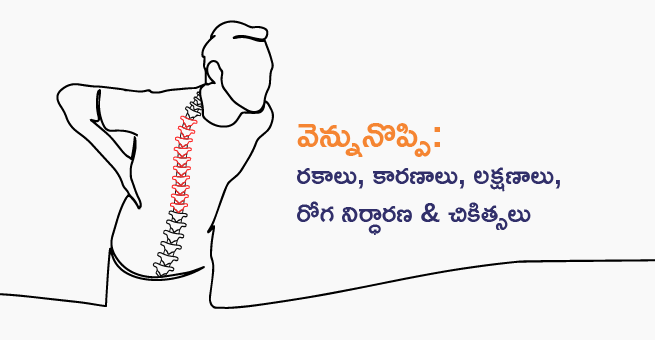
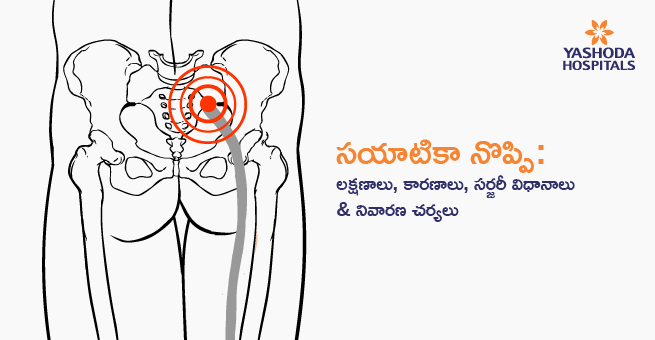
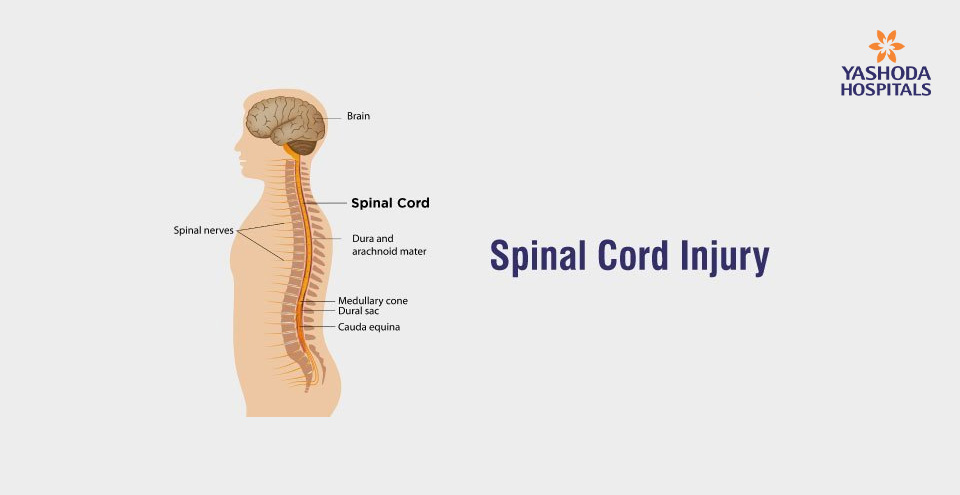
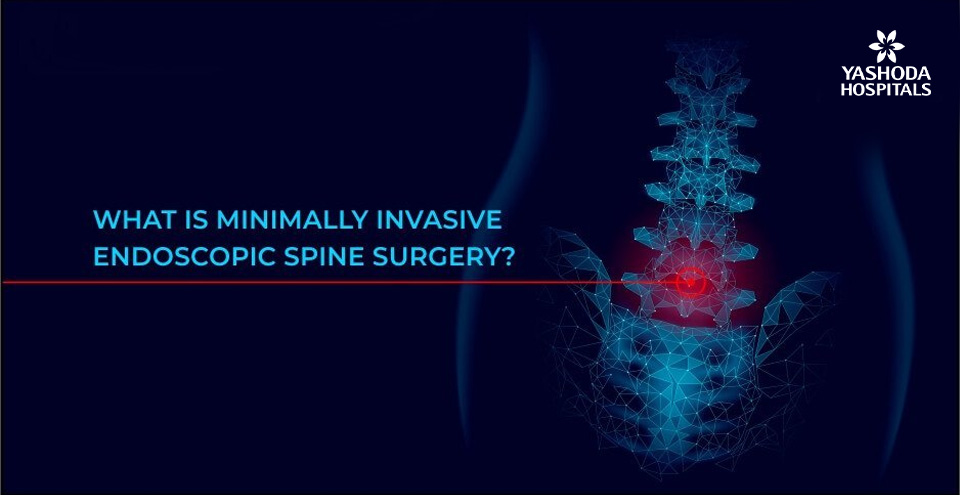

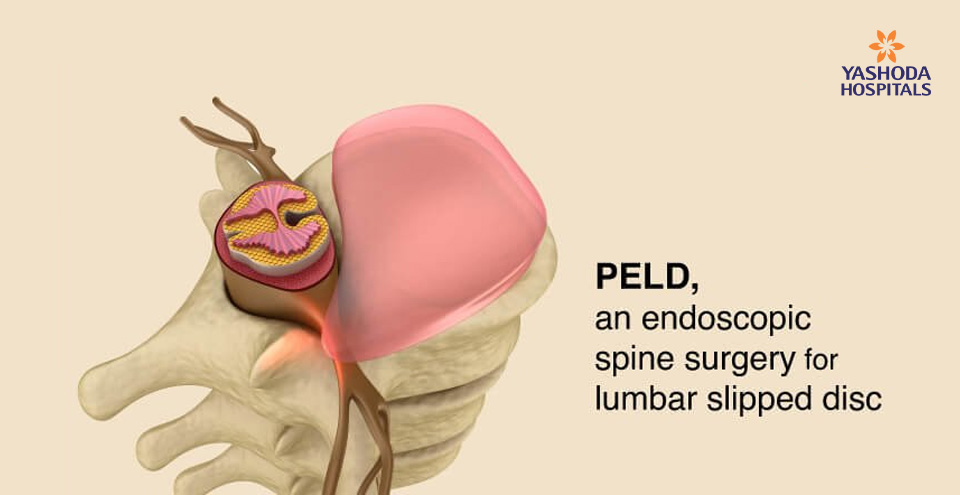
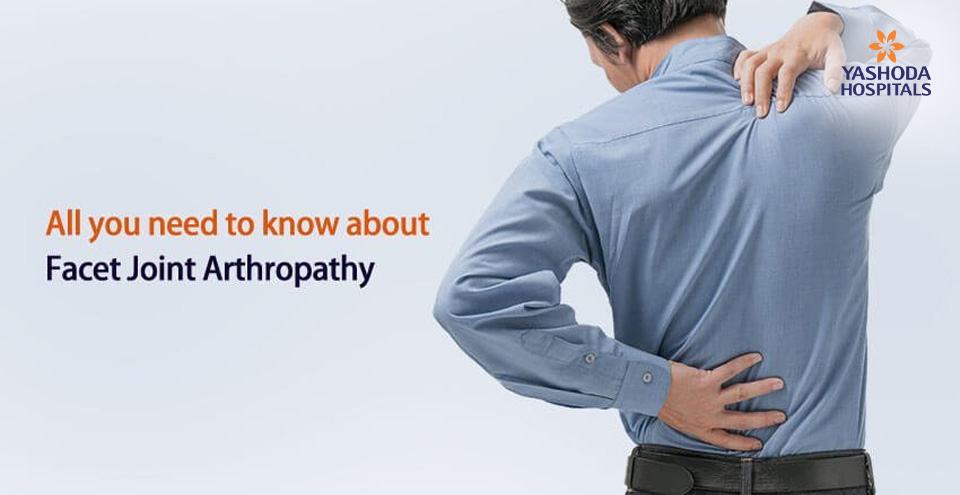
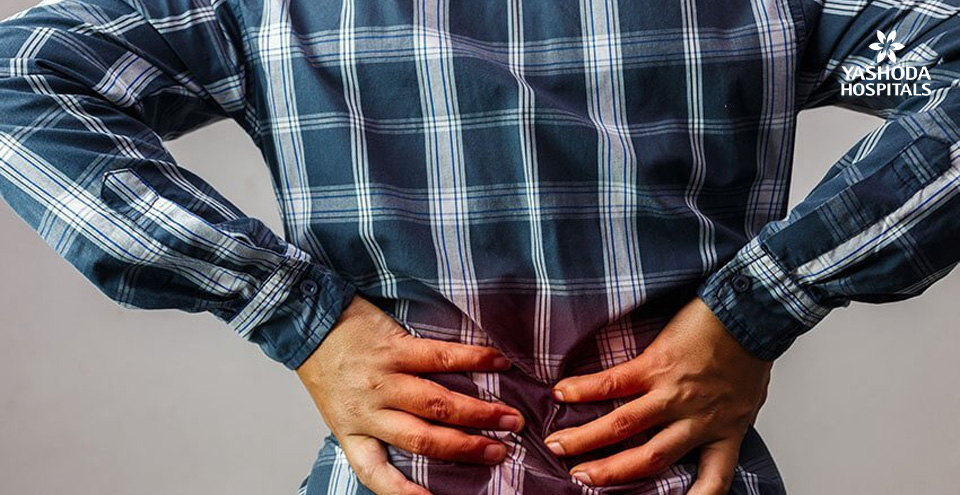
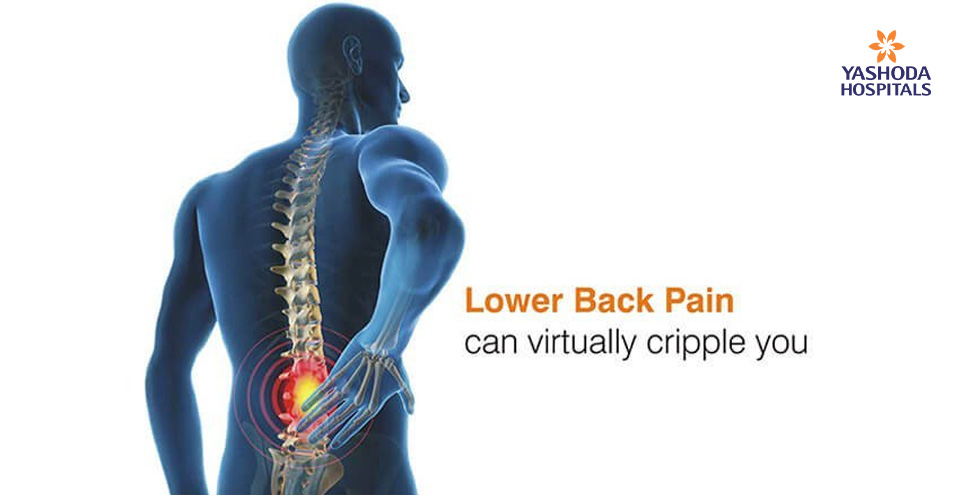
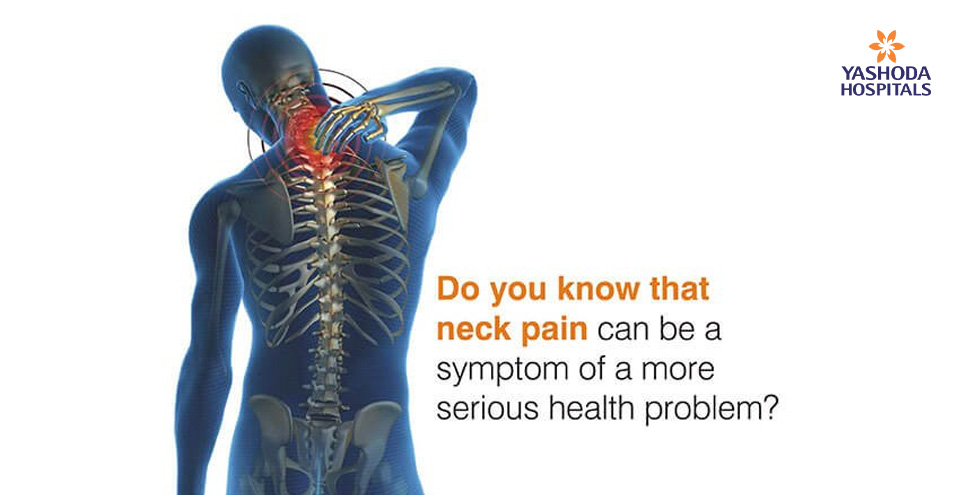






 Appointment
Appointment WhatsApp
WhatsApp Call
Call More
More

